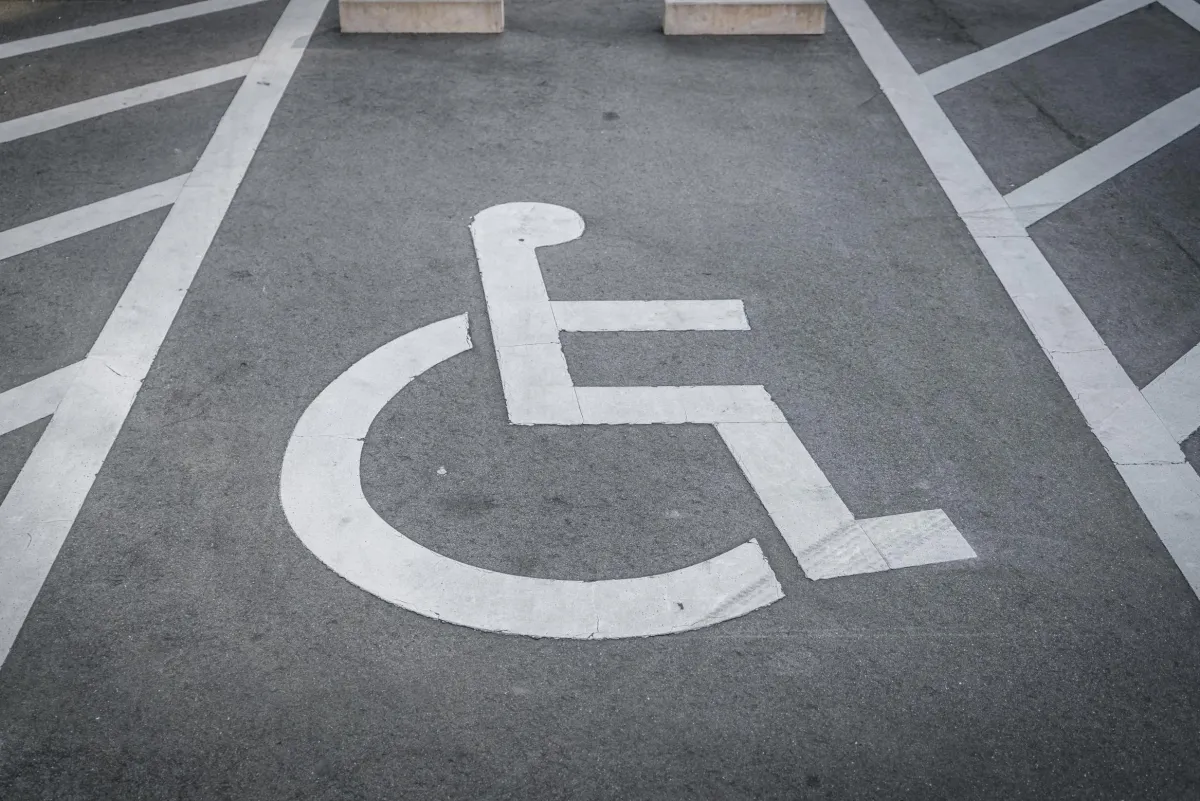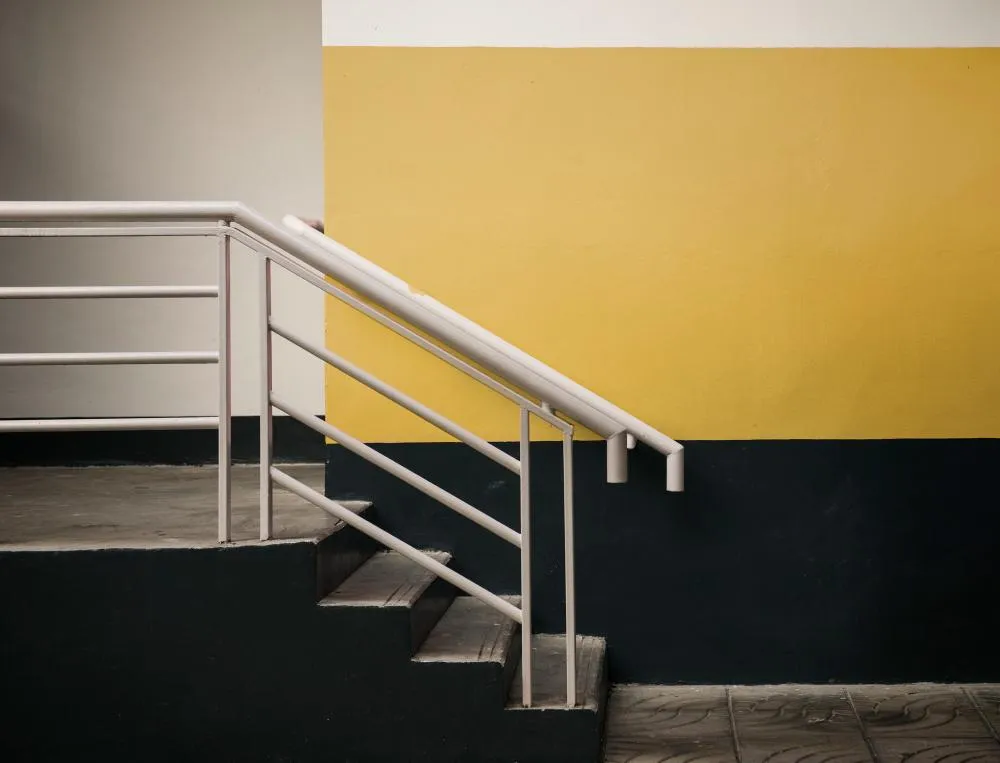
Accessibility Installations in Newport, MI
Code-Compliant Accessibility Solutions for Commercial Properties
We install accessible features that meet ADA guidelines and local building codes, ensuring your facility is safe, inclusive, and legally compliant. Our team designs and constructs ramps, handrails, entry modifications, and clearances with precision and care. Whether retrofitting an older building or outfitting a new one, we deliver customized accessibility upgrades that pass inspections and support every visitor’s mobility needs.

Accessibility Installations for Commercial and Public Buildings
Accessibility upgrades come in many forms, depending on the layout, use, and compliance needs of a commercial or public building. Below are some of the most common types of ADA-compliant installations we provide:
Wheelchair Ramps
Durable, code-compliant ramps with proper slope, landings, handrails, and slip-resistant surfaces for safe access.
Automatic Door Operators
Hands-free entry systems that enhance accessibility and meet clearance and response-time standards.
Handrails and Guardrails
Securely installed for stairways, ramps, and corridors to assist with stability and navigation.
Accessible Restrooms
Includes grab bars, widened doorways, lowered sinks, and clear floor space for wheelchair users.
Curb Cuts and Sidewalk Transitions
Graded concrete transitions from parking or street level to walkway for safe wheelchair navigation.
Signage and Wayfinding
ADA-approved signs with tactile lettering and Braille for compliance and clear building navigation.
Who Needs ADA Accessibility and Why It’s Legally Required
ADA accessibility isn’t optional—it’s a legal requirement for most public-facing properties. Here’s who needs it and why compliance is essential:
• Commercial Buildings – Must accommodate customers, employees, and visitors with physical disabilities.
• Medical Facilities – Require accessible entrances, exam rooms, and restrooms for patient safety.
• Retail Stores – Need barrier-free access to aisles, counters, and entrances.
• Offices Open to the Public – Must provide compliant routes, signage, and access features.
• Educational Institutions – Obligated to offer accessible classrooms, corridors, and service areas.
• Government Buildings – Held to the highest accessibility standards under federal law.
STILL GOT QUESTIONS?
Frequently Asked Questions
What slope is required for an ADA-compliant wheelchair ramp?
The maximum slope is 1:12, meaning 1 inch of rise for every 12 inches of run, with landings every 30 feet.
Are all commercial buildings required to meet ADA accessibility standards?
Most public and commercial facilities must comply, especially those built or renovated after 1992.
Do existing buildings need to be retrofitted for accessibility?
Yes, if readily achievable. Barrier removal is required unless it presents undue financial or structural burden.
What is the minimum clearance width for accessible doorways?
Accessible doorways must provide at least 32 inches of clear width when the door is open 90 degrees.
Are ADA-compliant restrooms required in every business location?
Yes, if the business serves the public or employs staff, restrooms must meet accessibility standards.
Schedule Your Accessibility Installation with Certified Experts
Ensure your property meets ADA standards with professionally installed, code-compliant accessibility features. Contact our team to get started.
